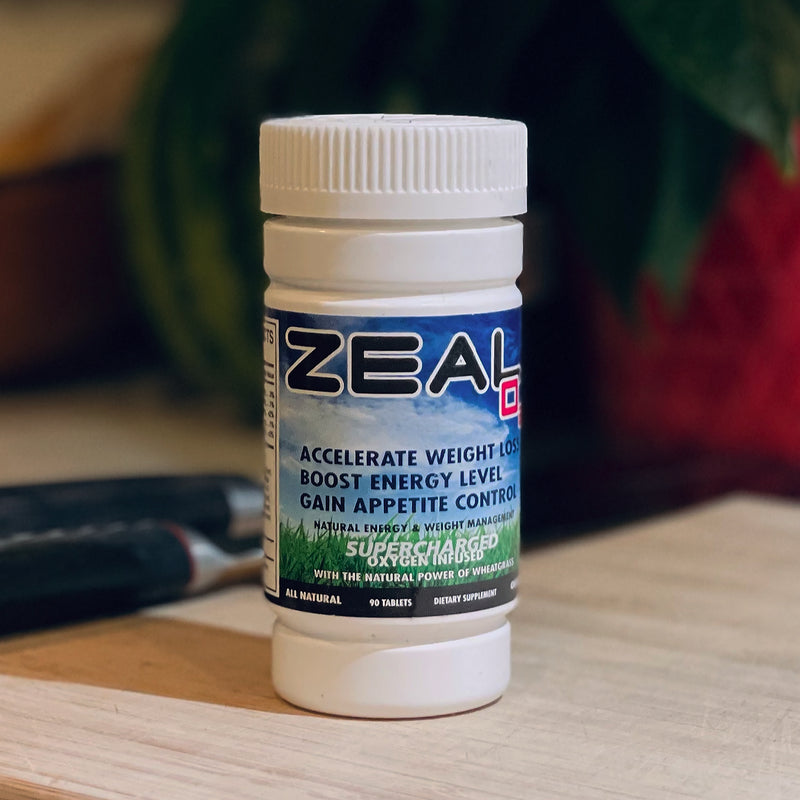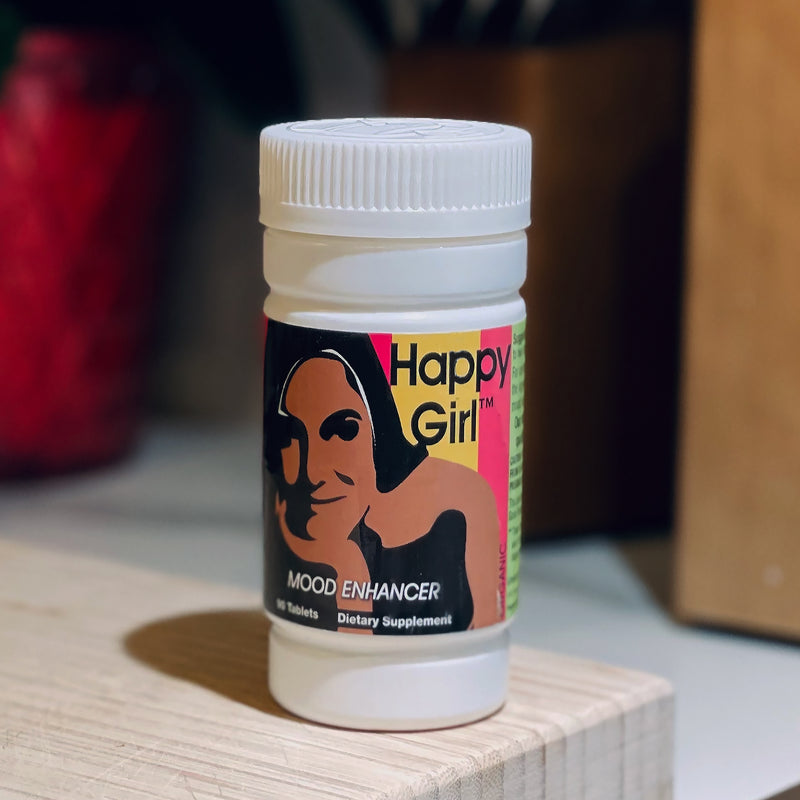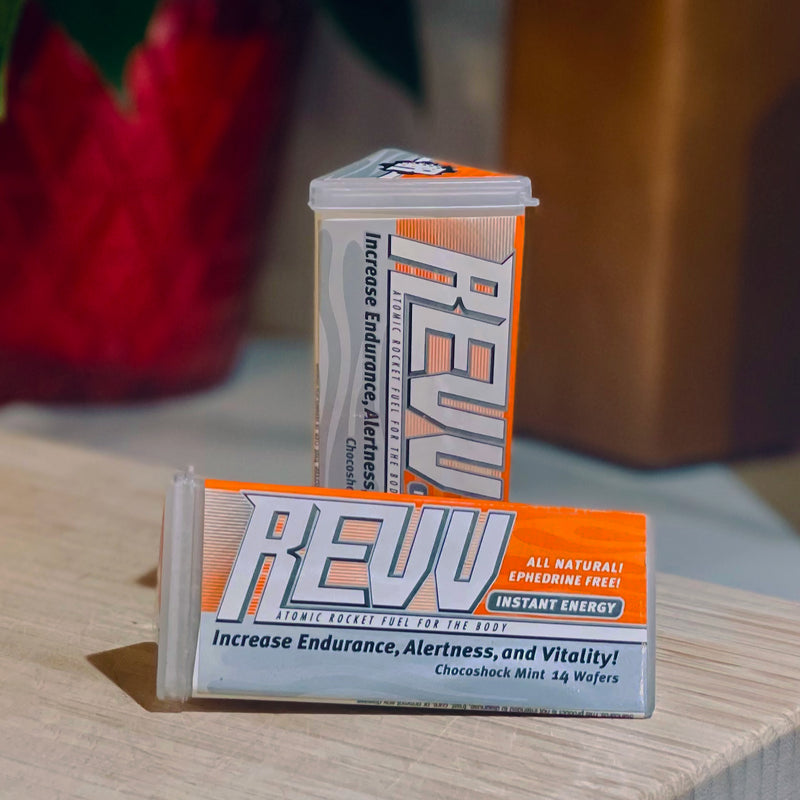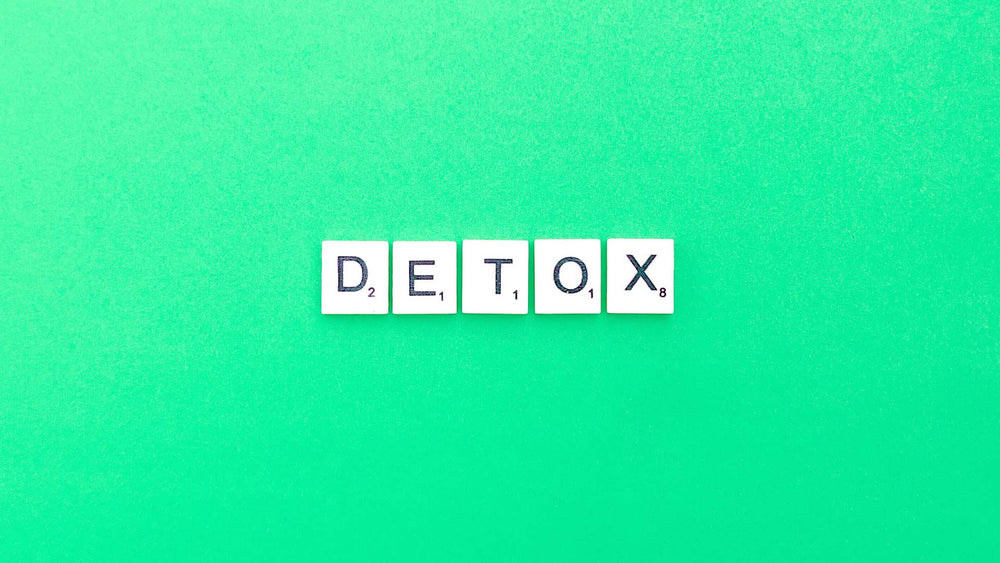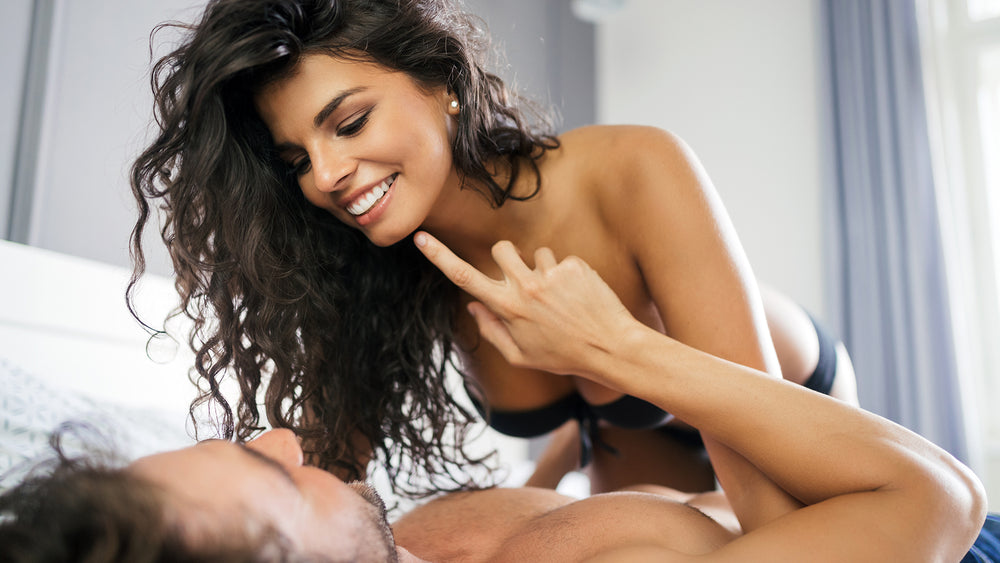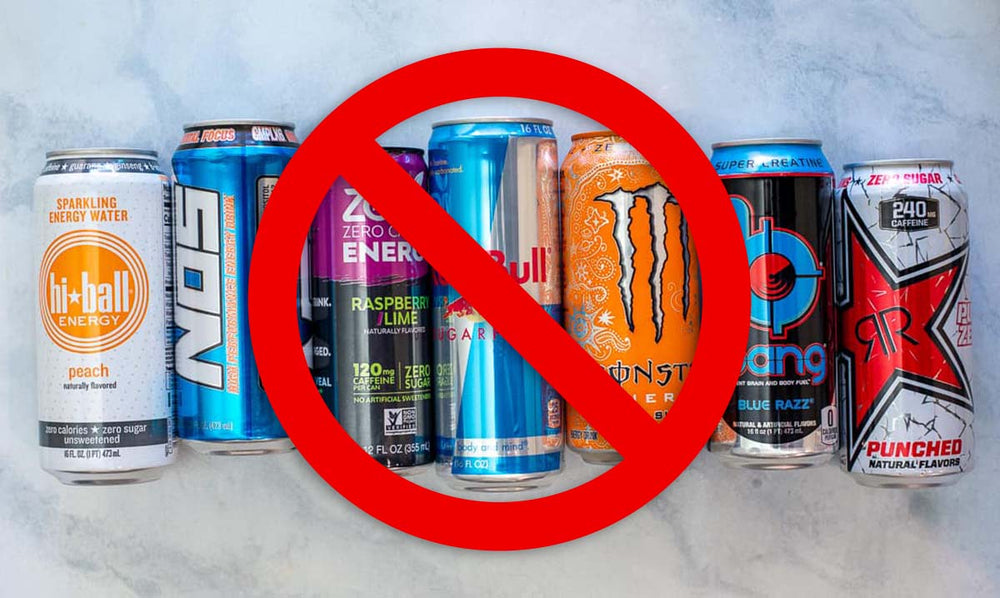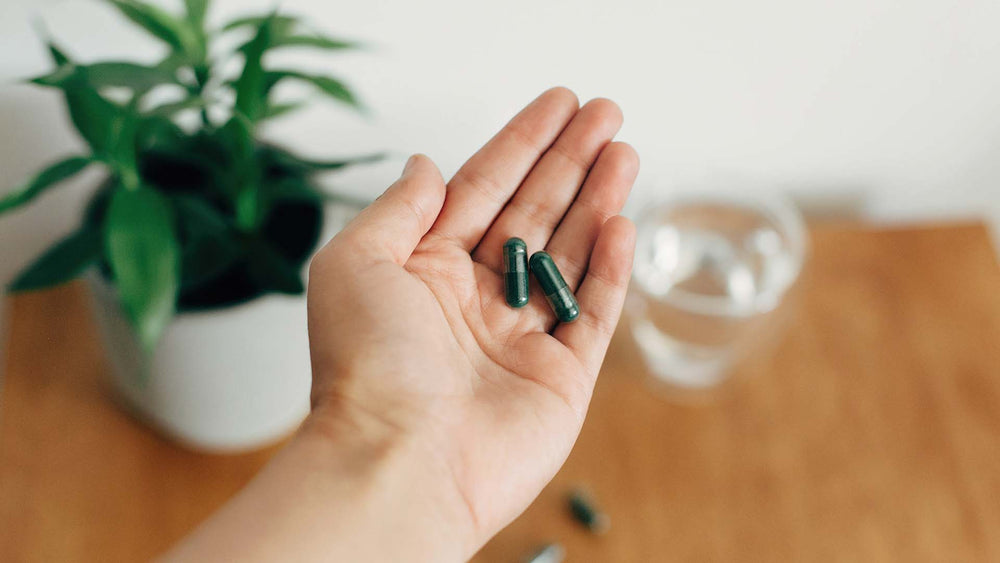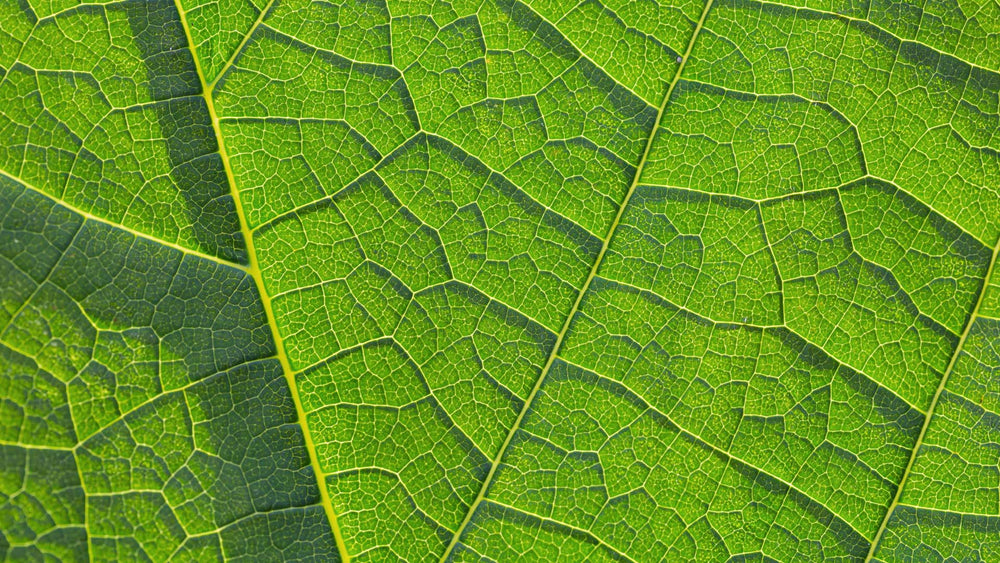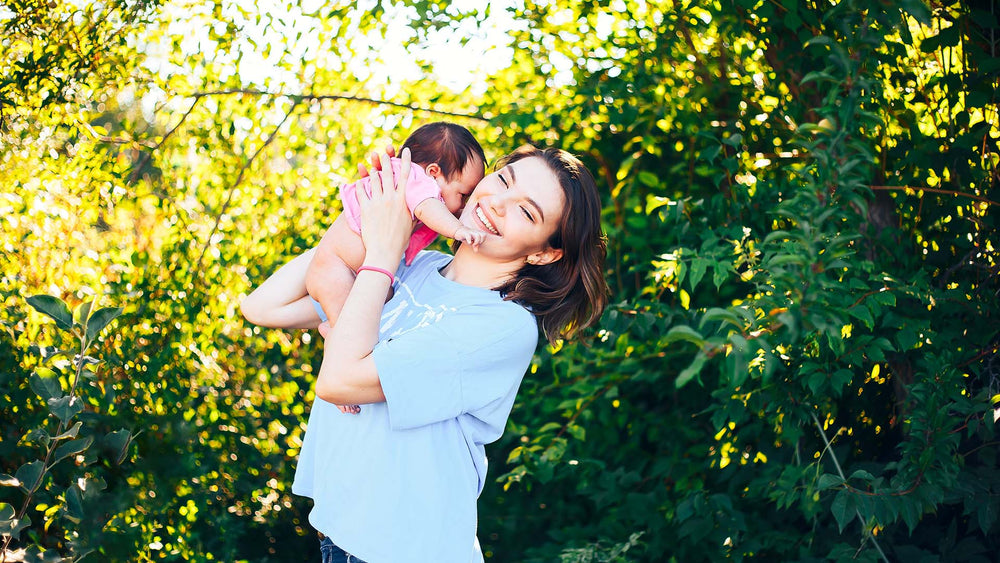Thanksgiving is about food, family and football. Christmas is about decorating your house, food, family, shopping for gifts and anticipating the bills you’ll pay afterwards. Both holidays can be quite a chore, from preparing meals to finding the right gifts for everyone on your Christmas list.
Halloween, the holiday that unofficially kicks off the autumn/winter season, is usually thought of as a day for candy and costumes, but it can be a great opportunity for the entire family to have fun and use the frightful backdrop of goblins, ghouls and scary movies in a positive way.
There are things you can do to make Halloween healthier without ditching candy completely. And you can outfit the whole family in eye-caching and original costumes without spending all your Christmas money.
Making Your Own Halloween Costumes
Halloween costumes are big business, more so for adults than kids and tend to be sexy more than funny or quirky. The popular adult costumes at a party store or online range from around $20 to $100, but can cost much more if you want something detailed.
Making your own costume will rev up your creativity and help your express your personality and interests to others. Use old clothes or buy fabrics, buttons, glitter, sequins and/or feathers from the store to create homemade costumes for you or your family.
Help your children to make their own costumes. It will encourage them to use their own imaginations instead of relying on store-bought costumes that may not fit their personalities.
Pretending is good for kids. Back in the pre-internet, pre-video game era, kids played pretend school, store or other games with props they had on hand and used their imagination. When a kid works on their own Halloween costume, they can put some of their own ideas into action, or learn more about their favorite comic book or TV character.
The super-heroes and monsters kids admire are psychological tools that help them become more resilient and learn how to handle themselves in dangerous situations. In a controlled environment, like a Halloween party or trick or treating, they can act out scenarios that teach them how they might behave during real-life emergencies. It’s more than childhood imagination run amok, it’s a learning experience.
Occasionally kids create bad guy characters, and it gives them a chance to emotionally prepare to deal with bad situations or bad people. It helps them work out different ways to deal with confronting a bully or other tense situations in real life.
The University of Alabama is currently conducting reach on the importance of imaginative play in developing cognitive function in children between the ages of three and five. Children who use the imagination have better focus and self-discipline and retain more of what they learn during or after school.
Some people like to dress their cats or dogs in Halloween costumes. As cute as this may look, think about how the animal feels. A hat or cape won’t make your pet too uncomfortable; encasing any pet in a snug costume will leave the animal hot and annoyed. While you’ll occasionally find a dog who’s up for a Halloween costume, your cat probably won’t appreciate it.
Give your pets special treats, but avoid dressing them in full-fledged costumes at Halloween. It will save you money and spare them aggravation.
Give Your Kids a Healthier Halloween
Make sure kids eat dinner before going trick or treating so they won't be so tempted to finish off all their candy when they get home, or while they are trick or treating. Walk with your kids from house to house and set a limit of one or two pieces of candy per house. This routine will enable you to see more homes and get more exercise.
Check candy for expiration dates, and ingredient lists on candy bars or baked goods to prevent reactions in allergy or asthma prone kids. There have always been myths about the danger of fruit and homemade Halloween treats received by trick-or-treaters, but studies show that this is just an urban legend.
If you want to give out healthier treats or feature them at your Halloween party, try small bags of popcorn, pretzels or crackers, tiny, packaged peanut butter and cheese crackers, trail mix, unsalted nuts, pumpkin seeds or even unsalted potato chips. Dried fruit roll-ups and boxes of raisins are good choices, too.
If kids eat a piece or two of candy every day for a week (or a few weeks) it won’t harm their teeth or their health. Kids get into trouble when they binge on Halloween night or the next day. Be sure to check their bags at the end of the night and ration out candy for more moderate consumption.
Buy candy “back” from your kids in exchange for a trip to the ball game, zoo, or park, or save some candy to use in your Christmas baking to reduce the chance of stomach aches from overeating.
Why Being Scared Can Be Constructive
There’s no denying that horror movies and extreme haunted houses have gained popularity in recent years, even if you don’t like the trend. There are websites dedicated to horror films, documentaries about paranormal occurrences, and TV series about zombies, vampires and serial killers. Why is this subgenre suddenly in the mainstream?
Horror movies provide a catharsis for us when we’re bored, frustrated or overwhelmed.
You’re in control of this constructive fear because you know it can’t hurt you. What you’re watching isn’t real. When you’re at the movie theatre, and a scene is too tense or frightening for you, you can close your eyes, leave the theater, or take refuge the lobby. You can pause or exit a movie you’re streaming if it’s too scary.
A Halloween haunted house is inhabited by actors, props and animatronic figures. When you’re being chased by a zombie, you may forget that temporarily, but in the back of your mind, you know it’s fake. You’ll be at home laughing about the experience in a few hours.
If you lead a dull or rigidly-organized life, and spend all day crunching numbers at a desk or ringing up grocery sales, a haunted house may help you get a much-needed adrenaline rush. You can control your experience at a scary movie or visit to a haunted house. You know you can leave or turn off the experience if it becomes too intense.
The fright and gore level at live haunted houses for adults has gone up in recent years, so much that some attractions have people sign a disclaimer before they enter the attraction. It’s important to know your fright threshold and leave the more extreme attractions to your horror-proof friends.
Perhaps the most frightening horror films are the ones that mimic reality, and aren’t as bloody as more outlandish movies. Blair Witch Project, a found footage film, was scarier to many people than elaborate Hollywood productions, because it allowed the viewer’s imagination to fill in the blanks.
The characters who get killed in many horror films are bad guys, so some viewers get a thrill when the villains meet their fate. Studies showed that teens and young adults enjoy horror movies more than middle-aged people. (Older adults have real-life horrors like mortgage payments and children’s college tuition, so they don’t need fake ways to be frightened!)
The more intensely you feel panic fear during a horror film the more you’ll enjoy the genre. The enjoyment comes from the sense of relief that follows the catharsis you experienced.
People who indulge in skydiving and other risky activities may feel very relaxed afterward, and this may be part of the reason they keep seeking new, heart-pounding experiences.
After an adrenaline rush and intense stress, the body goes into a relaxing state called parasympathetic rebound. In this state, you’ll feel euphoria, and an almost out-of-body sense of calmness and sharper awareness of all your senses – hearing, sight, taste, touch and smell. Scientists are unsure how parasympathetic rebound is actually triggered in the body.
Watching a horror movie may result in parasympathetic rebound after the initial fright for some people.
Thinking About Death Helps You Appreciate Life
Walking in a graveyard makes 40 percent of study respondents more likely to help strangers, according to research published in Social Psychology Bulletin in 2008. Research also shows that increased awareness of death makes you appreciate life more by being kinder to others, reinvigorating personal goals, and taking better care of your health.
Visualizing death leads to a belief system called Stoicism, where you live each keenly aware that you will die one day. Most people don’t do that; they act as though they are going to live forever. All the images of death in horror movies, graveyards and Halloween costumes work on your subconscious mind to make you more aware that you have a limited time on earth – and you need to make the most of it.
Make Halloween about More than Candy
You don’t need to wait until Christmas to give back to your community. Teach your children about the holiday spirit a bit early by going to a nursing home, children’s hospital or homeless shelter to give away extra candy and healthy treats. Visit a police or fire station and give snacks and candy to folks who have to work all night saving lives while everyone else is out partying. Donate candy to troops overseas, and have kids help put together a care package.
At a party or as Halloween treats for visitors, give away glow sticks, temporary tattoos, novelty wind-up toys that double as decorations, sticker sheets, fake fangs, lips or vampire teeth, friendship bracelets, blowing bubbles, crayons, colored pencils or other fun items kids can use year-round.
The Autumn Ritual
Halloween trick-or-treating puts you and your children in close contact with your neighbors. If you’re friendly with your neighbors, it will give you a chance to catch up and maybe even get together for a party later. If you don’t socialize much, it will give you a chance to say hi, converse, and maybe make new friends. Social connection makes Halloween – and all other holidays more fun, and gives you a chance to mingle with co-workers and neighbors.
Turn Halloween into a celebration of autumn, not just a time for eating candy. Visit the pumpkin patch and choose a few pumpkins to carve together at home. Pumpkin-carving provides another way to encourage creativity in kids, and spark your own imagination. Take a walk outside to explore the trees and autumn leaves in their multi-colored splendor any time during the Halloween (autumn) season.
Dias des las Muertos and All Souls’ Day
Halloween has its roots in several religious holidays, and these holidays are celebrated in many colorful ways in addition to the commercialized version of Halloween in many cultures.
October 31st to November 2nd Dias des las Muertos (Day of the Dead), celebrated in Mexican culture as a way to honor those who have passed away. Brightly decorated papier-mâché skulls and homemade altars with photos and mementos of deceased loved ones are exhibited at special events and in homes.
People who celebrate the holiday believe that the souls of deceased children come down from heaven on November 1st to visit with their loved ones, and the souls of deceased adults visit on November 2nd. Many Americans, especially in large cities, are celebrating this holiday.
November 2nd is All Souls Day, the date when souls of the deceased are released from Purgatory, according to the Catholic religion. People worldwide attend religious services on these days and honor their deceased loved ones at home and church
Diet, Nutrients and the Holidays
Maintain better emotional and physical health during Halloween and the holiday season by limiting your intake of sweets, alcohol and salty snacks between big holiday dinners. (It’s OK to indulge at important gatherings, but you have to make up for indiscretions before and after big meals.)
Snack on fruits, nuts, whole-grain crackers and seeds instead of candy and be sure to take a vitamin and mineral-packed supplement to stay energetic and happy during the hectic holiday season. Happy Girl Natural Mood-Enhancing Supplement has all the vitamins and minerals of wheatgrass, plus a natural blend of herbs to balance your mood. Stick to your regular diet and exercise routine during the holidays, and take Happy Girl to boost your emotional well-being. Learn more about wheatgrass here.


